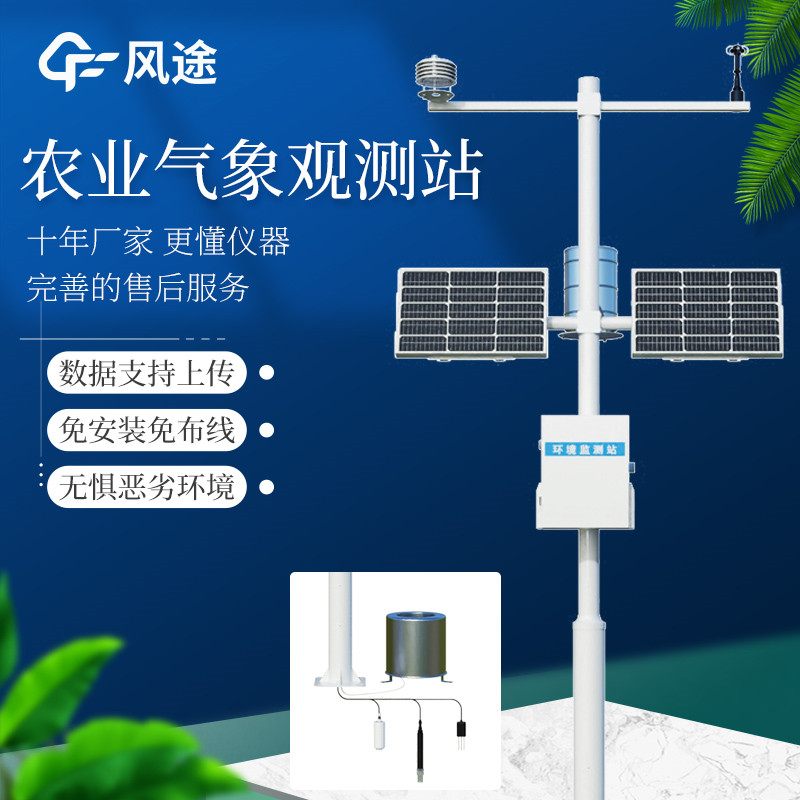Pomegranate is a beloved fruit with specific requirements for meteorological conditions. It prefers warm and sunny environments, thriving at temperatures between 15°C and 20°C. In winter, the temperature should not drop below -18°C, as this may cause frost damage. Sufficient sunlight is crucial for pomegranate growth, promoting an increase in flower quantity and plump, juicy fruits. Insufficient light can lead to the phenomenon of only leaf growth without flowering. Additionally, areas with an annual precipitation of more than 500mm are suitable for pomegranate cultivation, but during the full blooming period, excessive rain easily causes fruit drop.
In the pomegranate cultivation process, changes in meteorological conditions affect its yield and quality. For example, during the flowering period, suitable temperature and humidity can improve pollination success rate; during the fruit expansion period, sufficient light and appropriate moisture help fruit development; while during the harvesting period, excessive rain can cause fruit cracking, reducing the commercial value of the fruit.
To accurately monitor meteorological conditions and ensure high-quality and high-yield pomegranates, agricultural weather stations are installed in pomegranate producing areas. These monitoring stations can comprehensively and real-timely monitor the meteorological environment of pomegranate producing areas. Equipped with various high-precision sensors, they can accurately measure meteorological elements such as air temperature, humidity, light intensity, wind direction and speed, and precipitation.
Take common agricultural weather stations as an example. They can not only collect data in real time but also upload data to the cloud platform through wireless transmission. Users can remotely set parameters such as data collection, storage, and transmission intervals, as well as IP addresses, on the web terminal. Their modular design is highly flexible, allowing sensors to be arbitrarily configured through the host menu according to needs. Some monitoring stations also have GPS functions, which can accurately locate the geographical position of the equipment and data collection points to prevent equipment theft or displacement. Part of the monitoring stations are equipped with cameras, which can real-timely shoot and upload the growth status of pomegranates to the platform.
After installing agricultural weather stations in pomegranate producing areas, fruit farmers can timely obtain accurate meteorological information and take preventive measures in advance. For example, before the arrival of severe weather, protective measures can be taken to protect pomegranate trees and avoid or reduce losses. Based on the monitoring data, fruit farmers can also carry out more scientific field management, such as reasonable irrigation and fertilization, to improve the yield and quality of pomegranates and increase economic benefits.

Article address:https://www.sqqx.net/en/news/667.html

 +86 15898932201
+86 15898932201



